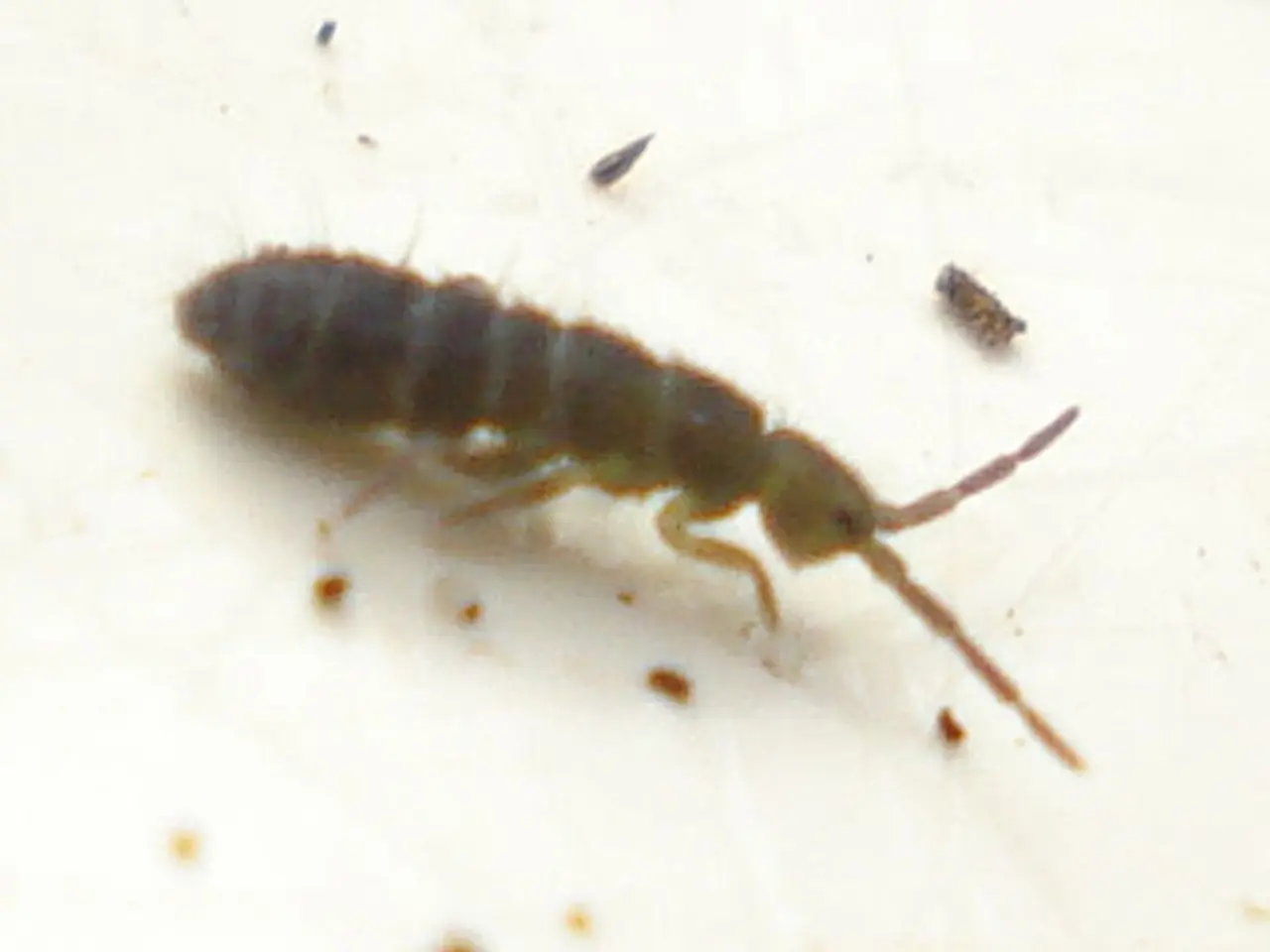Unexplained Phenomenon: Strange White Particles in Garden Soil
=================================================================================
In the world of gardening, finding white bits in planting soil can be a cause for concern. But fear not, for these mysterious white specks may originate from several different sources, each with varying impacts on plant health. Here's a breakdown of the common causes and their effects on your beloved plants.
The Beneficial Causes: Perlite and Vermiculite
Many potting soils contain white granules known as perlite or vermiculite. These lightweight mineral additives serve a purpose: they improve soil aeration and drainage, promoting healthy root growth. These substances are beneficial to plants, and no harm comes from their presence in your soil mix.
The Potentially Harmful Causes: Salt and Mineral Deposits
If white flakes or crusts appear mainly on the soil surface and are gritty, these are often mineral salts from hard water or fertilizer build-up. This salt accumulation can gradually harm the plant by disrupting water uptake and damaging roots, necessitating soil leaching or repotting.
The Potentially Harmful Causes: Fungal Growth or Mold
White powdery or fuzzy growths on soil or plant parts might be fungal growth, such as powdery mildew spores or soil-borne fungi responsible for root diseases. Powdery mildew usually affects leaves but may be related to moist conditions in soil. Root rot fungi in soil cause darkened roots with growth decline symptoms above ground.
The Harmful Causes: Mealybugs and Other Pests
White waxy clumps in soil can be mealybugs or other similar pests, which damage plants by feeding on roots or stems and causing plant decline or secondary infections.
Impacts on Plant Health Summary
- Beneficial causes (perlite, vermiculite) improve soil condition, supporting healthy plants.
- Salt accumulation stresses plants by damaging roots and reducing water/nutrient uptake.
- Fungal growths may indicate disease presence, leading to root rot or leaf issues.
- Pest infestations directly harm plants by sap-feeding, causing weakening and potential disease spread.
Identifying the exact cause of white bits in soil requires assessing texture, location, and related plant symptoms. Management differs: beneficial soil additives require no action; salt build-up needs flushing/potting changes; fungal infections may need fungicides or improved drainage; pests need targeted insect control.
Happy gardening! Remember, a little knowledge goes a long way in keeping your garden thriving.
- Gardening enthusiasts who use home-and-garden store-bought potting soil may find white granules in their mix, which are likely either perlite or vermiculite, beneficial additives that improve soil aeration and drainage for better plant health.
- While gardening, the discovery of white fluffy growths on plant parts could potentially indicate the presence of fungal growth or mold, such as powdery mildew spores, that may negatively impact plant health by causing root rot or leaf issues.




